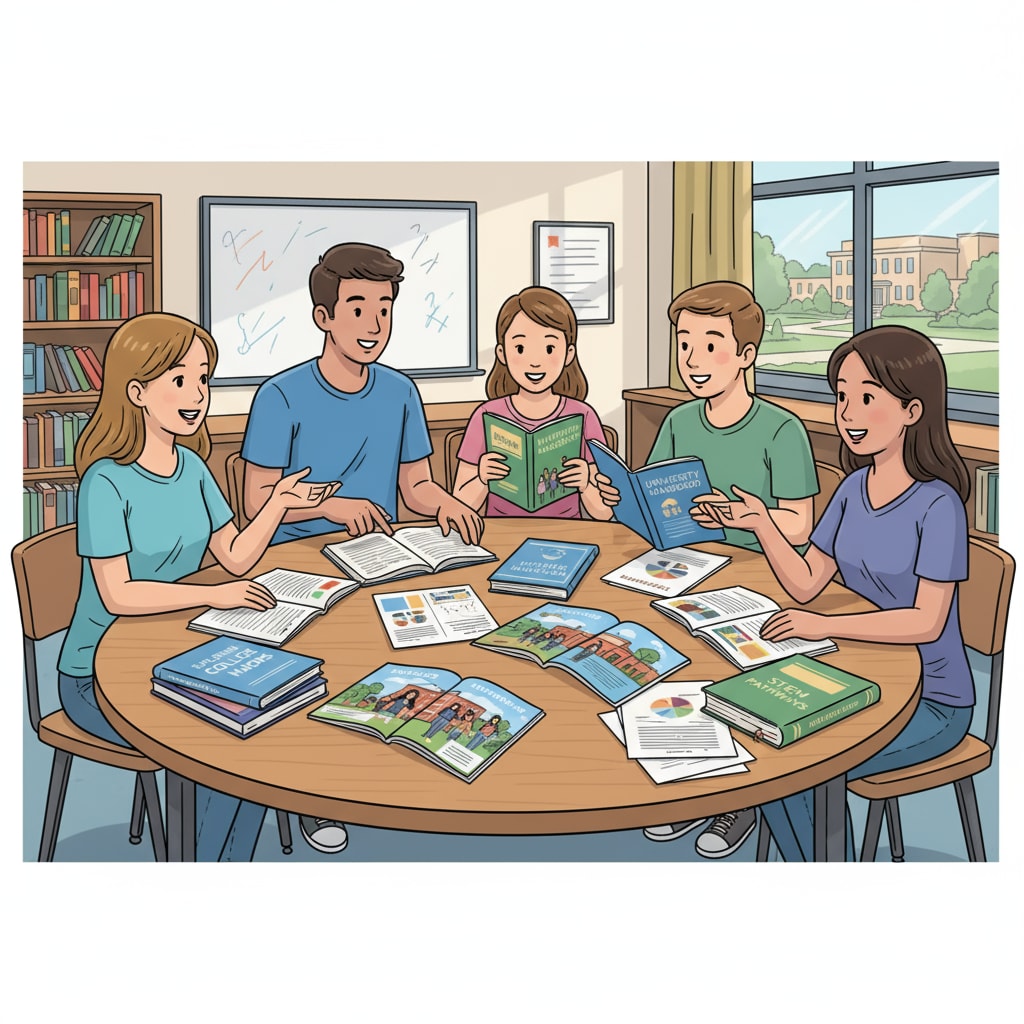Professional selection, career direction, and interest exploration are crucial aspects that high school students often grapple with. As they approach the college – going stage, the pressure of choosing a suitable major looms large. Many find themselves in a state of anxiety, not fully understanding the implications of their choices.

The Dilemma of Professional Selection
For contemporary high school students, the process of choosing a college major is fraught with difficulties. On one hand, they are bombarded with a vast array of options. The modern educational system offers numerous majors, from traditional fields like engineering and medicine to emerging disciplines such as data science and digital media. However, students often lack the in – depth knowledge required to evaluate these options.
According to National Center for Education Statistics, the number of college majors has been steadily increasing over the years, which only adds to the confusion. As a result, many students end up making hasty decisions based on surface information.
The Gap Between Surface Interest and In – Depth Exploration
Surface interests play a significant role in the initial stages of major selection. A student might be drawn to a particular field because of a popular TV show or a passing encounter. For example, the popularity of medical dramas might make some students think they are interested in medicine. However, this surface interest often fails to withstand the test of in – depth exploration.
True interest exploration involves understanding the curriculum, job prospects, and the day – to – day realities of a chosen field. Many students realize too late that what they thought was an interest was merely a fleeting fancy.

A K12 – Based Career Planning Methodology
To address these issues, a career planning methodology starting from K12 is essential. At the elementary level, students can begin with simple activities that expose them to different occupations. For instance, inviting professionals from various fields to school for talks can spark initial interests.
In middle school, students can engage in more hands – on experiences, such as internships at local businesses or community service projects related to different industries. High school is the time for more in – depth research, including shadowing professionals, participating in pre – college programs, and taking relevant courses.
This progressive approach helps students build a solid foundation for making informed decisions about their college majors. By the time they are ready to apply to college, they have a clearer understanding of their interests, strengths, and potential career paths.
Readability guidance: We’ve used short paragraphs and presented key points clearly. Each H2 section has relevant information presented in a straightforward manner. The passive voice has been minimized, and transition words like “however”, “for example”, and “as a result” have been used to enhance the flow of the article.


